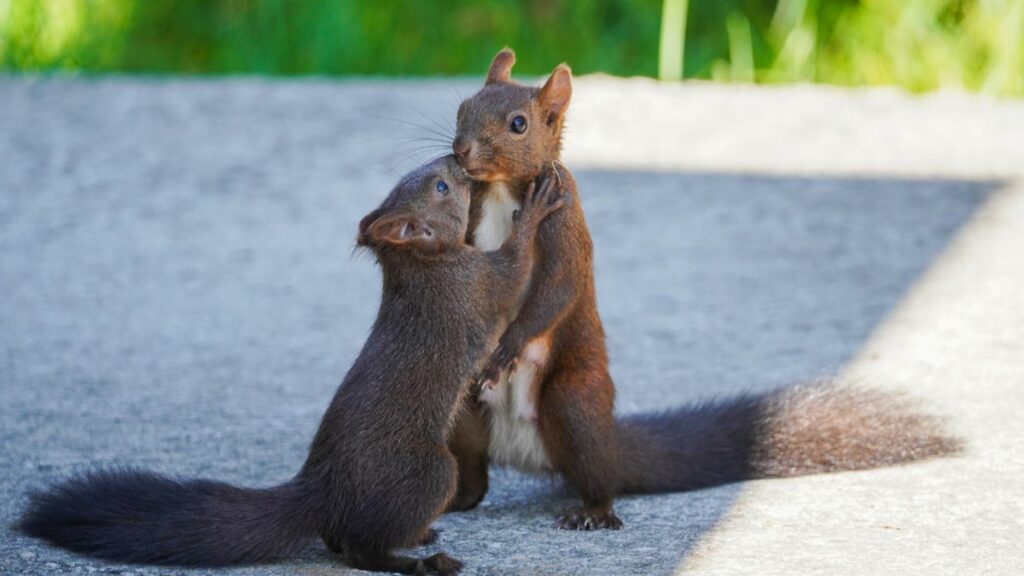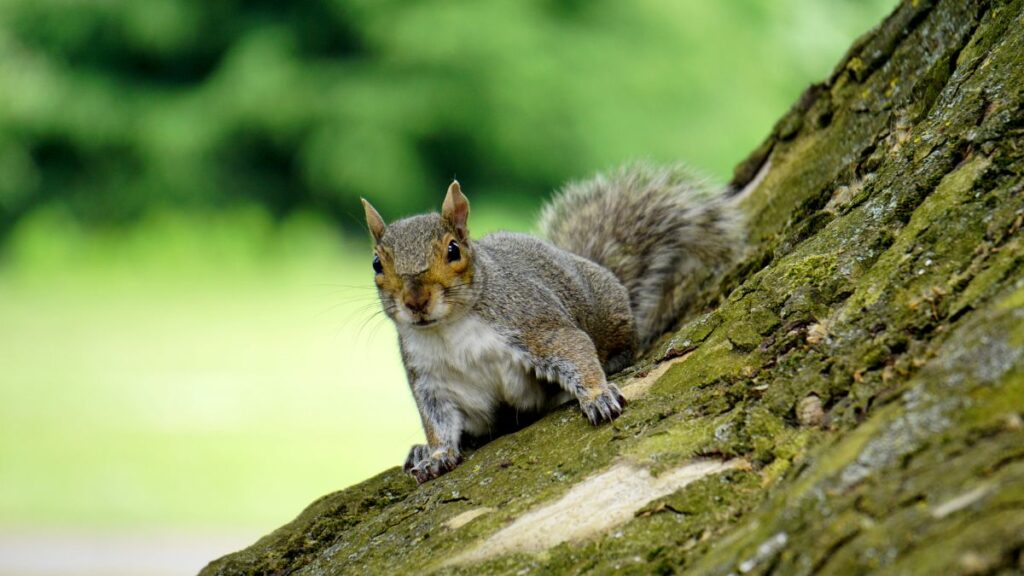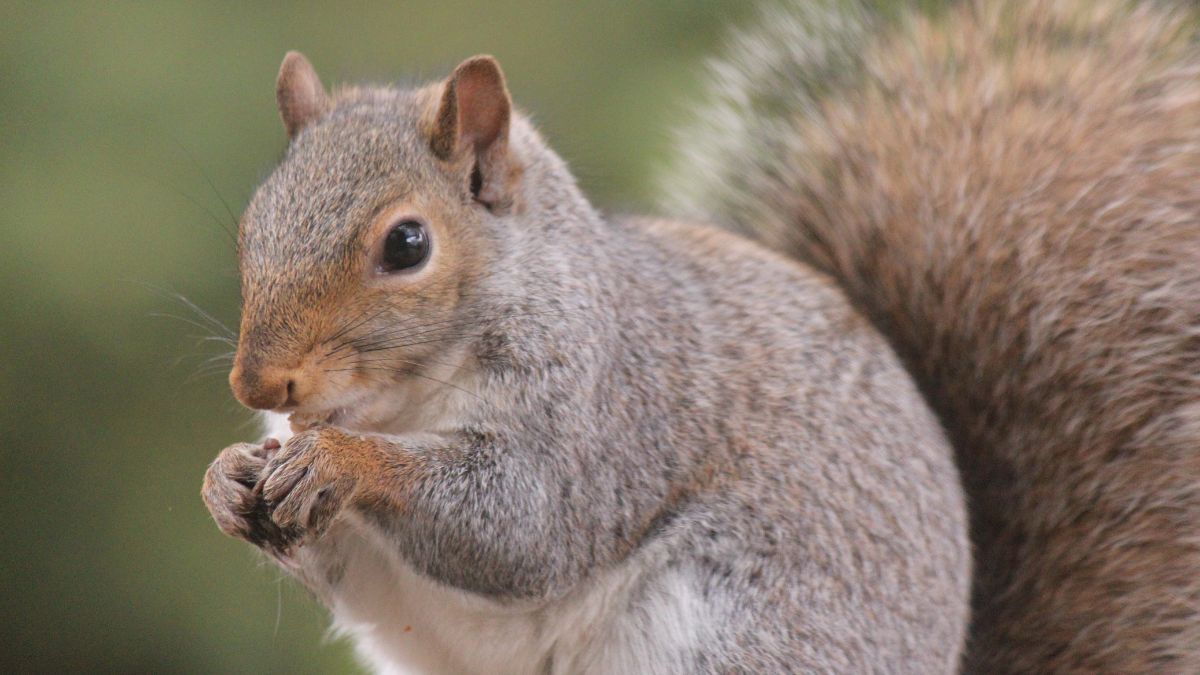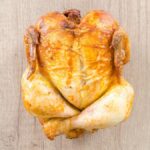How Many Babies Do Squirrels Have? Baby squirrels’ adorable chirps and squeaks make for an exquisite tuneful tune; after an extremely brief pregnancy they quickly learn to survive on their own after being born.
Squirrels give birth twice annually with each litter consisting of 2-4 babies. Breeding patterns for different species differ, so here we take a look at how eastern gray squirrels breed.
How Many Babies Do Squirrels Have?
Ground squirrels
Squirrels are a familiar sight in backyards, parks and gardens alike. These intelligent animals thrive in wooded environments where they can find food and shelter from trees and plants; many species even make their homes in urban or suburban settings. Squirrels are known for being prolific breeders – producing multiple babies at a time to ensure survival of offspring but also as an effective strategy to control population numbers.
Ground squirrels are one of the most prolific breeders among all squirrel species, producing approximately seven or eight offspring per litter. Mating occurs twice annually – in spring and summer – when males can detect when females are ready to be mated with and chase her until she agrees. After mating has taken place, females build nests ready to receive their new offspring.
Tree squirrel litter sizes usually consist of three to four babies, although up to 15 may be born each time they reproduce. When born blind and hairless with their ears closed, their mother will feed them every two or four hours for about two or four weeks until it’s time for them to leave her drey at about seven or eight weeks of age and start accompanying their mother on land to learn survival skills such as foraging for food.
As baby squirrels age, they begin to form family units of two or more siblings and start moving on their own. Although they will remain together during wintertime, these family units may move around depending on where there are food sources or the season itself.
As soon as the temperature starts rising in early spring, squirrels begin preparing for breeding season. They’ll store up fat and food in their burrows as protection from predators and the cold; courting behaviors to attract potential mates. A squirrel female can live for eight years in the wild before producing multiple litters during her lifespan.
Fox squirrels

Female squirrels usually produce two to eight offspring per litter, depending on species and environmental factors. A smaller litter tends to provide better outcomes for newborn squirrels as large litters create too much competition for sustenance when first born resulting in higher mortality rates among the youngsters.
Most female squirrels prefer nesting in tree cavities or natural holes for protection from predators and weather conditions; however, some females may choose open spaces if there are no natural cavities available nearby.
Eastern Fox Squirrels breed twice each year – first from December to February and again between May and June. Females will usually have 3-4 babies in a litter during winter breeding season while in summer breeding season their litter size increases to 7 or more babies per litter.
Gestation for fox squirrels typically lasts 62-65 days. During this period, their mother squirrel will find food for both herself and her offspring while keeping an eye out for potential mates; male squirrels will detect her pheromones to signal she is ready for mating; mating then occurs as males follow their female prey around until one finally manages to secure their mate – much like playing cat and mouse games with each male trying to secure mating rights with her!
Once a female squirrel gives birth, she will spend approximately six weeks tending to her babies and nursing, grooming, and keeping them warm. If necessary, she may transport one from its nest if it becomes threatened – all within reason of course!
Once the babies are several weeks old, their mothers will gradually wean them from her milk and prepare them for life in the wild by teaching them how to build a drey and beginning to roam outside her nest. Baby squirrels typically become fully independent within three months after birth.
Flying squirrels
Flying squirrels are small arboreal rodents with flattened tails and furry membranes that help them glide effortlessly through the air. Their natural range extends from Canada through to Mexico and Honduras; typically residing in forests dominated by maple, beech, hickory oak or other seed-producing hardwood trees. Their gestation period lasts 40 days; giving birth typically occurs to three to six babies per litter within this time. At birth their young are blind and hairless with eyes opening between 24-30 days; weaning takes place 65 days post birth.
Flying squirrel mothers take precautionary steps during breeding season to protect their offspring from predators, which is why homeowners may find baby squirrels in sheds, attics and chimneys. But these little guys aren’t abandoned; they likely just need food! Once weaned from mother’s care they will move onto nesting sites of their own and foraging independently.
Squirrels are highly intelligent creatures, possessing both problem-solving skills and memory retention that allow them to forage for food and shelter in the wild. Squirrels also have excellent memories and recall where they buried nuts or seeds so that when hunger strikes they can retrieve them quickly – cracking certain nuts prior to burial to stop germination in soil.
Flying squirrel females generally give birth to five to four babies at once; however, some females can have as many as nine at one time! Their long gestation period allows this, since newborn squirrels require their mother for survival after birth and cannot survive without her assistance in feeding, bathing and temperature regulation. At around four to six weeks old they’re weaned off their mother’s milk and begin foraging independently.
If you’re thinking about adopting a pet squirrel, make sure you buy from a reputable breeder that sells babies. Bonding can be challenging with adults; therefore 2-4 week old babies make for easier nursing and bonding experiences. In addition, ensure the breeder provides sufficient cage space.
Prevost’s squirrels

Prevost’s squirrels live high up in the canopies of rain forests, typically 6 to 37 meters (20-50 feet) above ground. Females usually give birth to two to eight kits in each litter they produce over 42-48 day pregnancies, often multiple litters each year.
Baby squirrels are born helpless with no teeth and eyes closed, reliant upon their mothers for everything during the first 4-6 weeks of life. She nurses them every three to four hours while also feeding solid foods like acorns, seeds, fruits and leaves to their young.
Once kittles have reached maturity and can provide for themselves independently, they will leave the nest and move out from under their mother’s tree. At this time they become much more active, often running around the forest in search of food such as acorns or food from the ground.
Fallen baby squirrels often return home after falling out of the nest during stormy or windy conditions, thanks to maternal bonds which play such an integral part of squirrel life. If they have not sustained injuries from falling, however, their mother will usually pick them back up and carry them back. This illustrates just how essential maternal bonds are.
Early litters of baby squirrels typically emerge during late winter or early spring and are known as ‘twig squirrels,’ due to their initial nest being composed of bundles of twigs and branches. As they get older they will build their own nests out of branches, twigs, grass, moss or old squirrel holes provided that these areas are safe from foxes, hawks or other predators.
First time pregnant squirrels may be noticed because they appear different; this is caused by their female’s abdominal distention as it expands to accommodate growing babies, affecting limbs and tail as well as giving an unusual appearance. Pregnancy is one of the most profound biological processes seen across species; even humans experience it.











